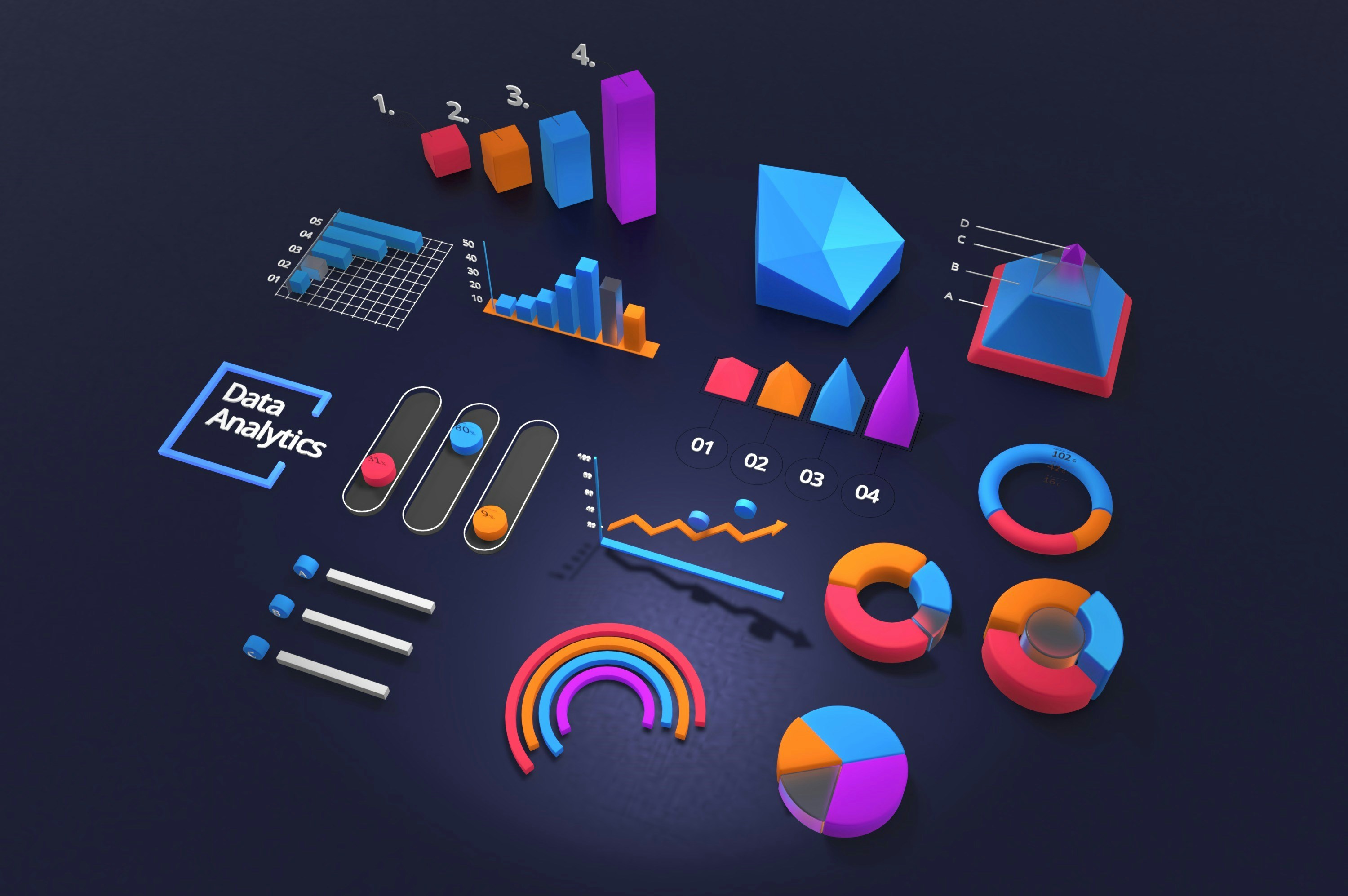How To Calculate Conversion Rate | Explained With Examples

Conversion rate is one of the best behavioral analytics benchmarks you can use to measure the performance of your marketing campaigns.
Unlike cost-per-click (CPC) or click-through rate, conversion rate describes how good your marketing strategies are at turning consumers into customers, i.e. “converting” them. Generally speaking, the higher your conversion rate, the better your marketing.
In this article, we’ll dive into everything you need to know about conversion rates, how to calculate them, and the types of insights you can gain from conversion analytics data.
What is Conversion Rate, and Why Does It Matter?
To define conversion rate, it’s important to first understand what a conversion is.
A conversion is an action that a user takes on your site that turns them into a potential or paying customer. Common examples would include clicking on a call-to-action (CTA), signing up for a monthly email newsletter, or making a purchase.
With that in mind, a conversion rate is the percentage of visitors that complete a conversion on your website. It may sound simple but understanding conversion rate is the best way to analyze whether your campaigns and website are contributing to your business objectives.
>> Here’s why conversion rates are important.
For starters, increasing the conversion rate of your campaign is usually the quickest and most affordable way to generate customer revenue. Would you rather get more customers from Google Ads by doubling your ad budget, or by optimizing your marketing approach for increased long-term conversion rates? Optimizing for higher conversion rates means more revenue per visitor to your site. Which means every customer or user you get from your campaigns will be worth more.
>> Conversion rates can predict failure or success.
Do you want to know whether or not your product or service is on the right track? Conversion rates provide a high-level benchmark of your company’s overall health.
High conversion rates indicate your marketing campaigns are working, your product is popular with users, and your website is easy for users to navigate. Conversely, weaker conversion rates can indicate problems in your marketing campaign, target audience, UI/UX, or the product itself.
If you see weaker conversions or you had high conversion rates that decreased, you can use behavioral analytics reports to diagnose the problem and make adjustments where needed.
>> Better conversion rates can save you money.
A marketing campaign that converts more users is more effective than a campaign that converts fewer users. And, a more effective campaign costs less money. For example: If the goal is 100 users or conversions, and you could get those users or conversions with one or two ads instead of paying for 10 ads, then you’ve spent less money to get those users. This means more money left in your budget for project allocation.
>> Focusing on your conversion rates will help improve your website.
A memorable marketing campaign is just the initial stage of increasing conversion rates. Your campaign website is equally important. If customers get to your website and don’t know what to do next, i.e. the CTA isn’t clear or checkout is confusing to navigate, you’re not going to convert them.
When you use a behavioral analytics tool to analyze your conversions, you’ll see where customers seem to get lost in your campaign. You can then use that information to improve your campaign website’s UI/UX and increase the number of conversions.
Conversation Rate Formulas
Calculating your conversion rate is a straightforward process. Just divide the number of conversions in a given time frame by the total number of individuals who visited your website or landing page, then multiply it by 100%.
Conversion rate = (conversions/total visitors) * 100%
For example: If your website had 20,219 visitors and 3,325 conversions last month, your conversion rate is 16.44%.
In fact, if you set up your tracking correctly, most advertising and analytics tools like Kissmetrics can conveniently show your conversion rate directly on the dashboard.
Let’s check out two more examples of simple formulas to find the conversion rate.
Example 1: Calculating Conversion Rate for a Paid Ad
A basic formula for calculating how many conversions come from paid ads is as follows:
Number of conversions/number of total ad interactions = Ad conversion rate
You can make this formula more insightful by applying more specific criteria to it. For example, you could calculate the number of conversions from a specific cohort or compare conversions to paid ad interactions that happened within a specific time frame (e.g. after a sale is announced).
Example 2: Calculating Conversion Rate for Social Media Posts
To calculate the conversion rate for your social media posts, follow the formula below:
Number of conversions/number of total social media post interactions = social media post conversion rate
Approximately 2.1 billion people have social media accounts, so it’s quickly becoming one of the most effective ways to advertise. But that’s only if your messaging is optimized to reach the most potential customers as possible.
What Factors Affect Conversion Rate?
Converting prospects into paying customers will be a challenge without the foundations of a good marketing strategy, a well-thought-out sales funnel, compelling online content, impactful landing pages, and search engine optimization (SEO) that bring leads to your site.
However, there are internal and external factors that can affect your conversion rate. Here are the ones you should know about:
Undefined or Wrongly-Defined Goals
Before potential customers can begin their journey with your product or service, you need a clear definition of what your goals are for customer conversion.
If you’re trying to get new leads to commit to purchasing the product, but you’re seeing poor results, it might be more effective to capture their email addresses on a landing page, then target them with email marketing.
You also want to make sure you’re not trying to get too much done at once. Like, capturing emails for a monthly newsletter subscription as well as having leads purchase a certain product while pushing existing customers to upgrade their services. Focus on pulling one lever at a time.
You’re Telling the Wrong Story, a Boring Story, or No Story At All
Storytelling is a marketing buzzword for a reason — 92% of consumers today prefer brand-made ads that feel like a story.
Beyond giving consumers what they want in a marketing campaign, a good story helps to set you and your business apart from your competitors and retain loyal customers.
This is why your conversion rates are intimately tied to the way you deliver your content.
Complexity of Transaction
How difficult or simple you make it for your potential customers to commit to the next step of your sales funnel can greatly impact your conversion rates either positively or negatively.
You only have a few seconds to capture your leads’ attention, so why throw them off-guard with unnecessary distractions such as fly-by ads and blinking banners?
Moreover, if you make the process too intricate or time-consuming, you may end up losing your new lead before they complete that last important step.
How Can I Improve My Conversion Rate?
Now that we’ve discussed what conversion rates are and why they are important, let’s explore a few simple ways to improve your conversion rates.
- Use a marketing analytics tool. Use a marketing analytics tool like Kissmetrics to help you assess your current conversion rate, determine who’s converting and who isn’t, and identify user retention roadblocks.
- Sharpen your ads. Use the conversion and cohort information you get from your marketing analytics tool to develop more effective targeted ads.
- Optimize your landing pages. Use short and memorable headlines that immediately engage viewers with a clear CTA.
- Test new ad funnels. Create new ads and a few different variations of your landing pages. See how conversion rates change with different marketing approaches.
The Takeaway
Analyzing your conversion rates is crucial to optimizing your marketing campaigns. Not only does conversion rate indicate whether your marketing efforts have contributed to revenue generation or reduced churn, but it can reveal technical problems with your website, communication flaws in your sales funnel, or holes in your marketing strategy. Getting the best out of your conversion data will help you get the core of your customers’ needs and help solve their problems.
Not sure where to start? Kissmetrics can help.
Click here to Request a Demo and increase conversions, make smarter decisions, and generate more customer revenue today.
Sources:
https://www.fastcompany.com/3031419/why-our-brains-crave-storytelling-in-marketing
https://www.marketingweek.com/why-brand-storytelling-should-be-the-foundation-of-a-growth-strategy/
https://www.forbes.com/sites/steveolenski/2015/11/30/4-benefits-of-using-storytelling-in-marketing/


